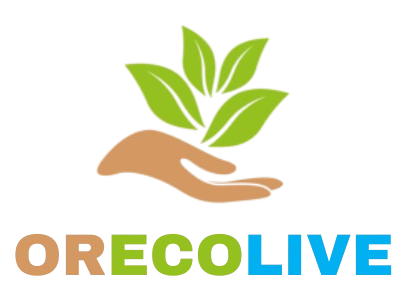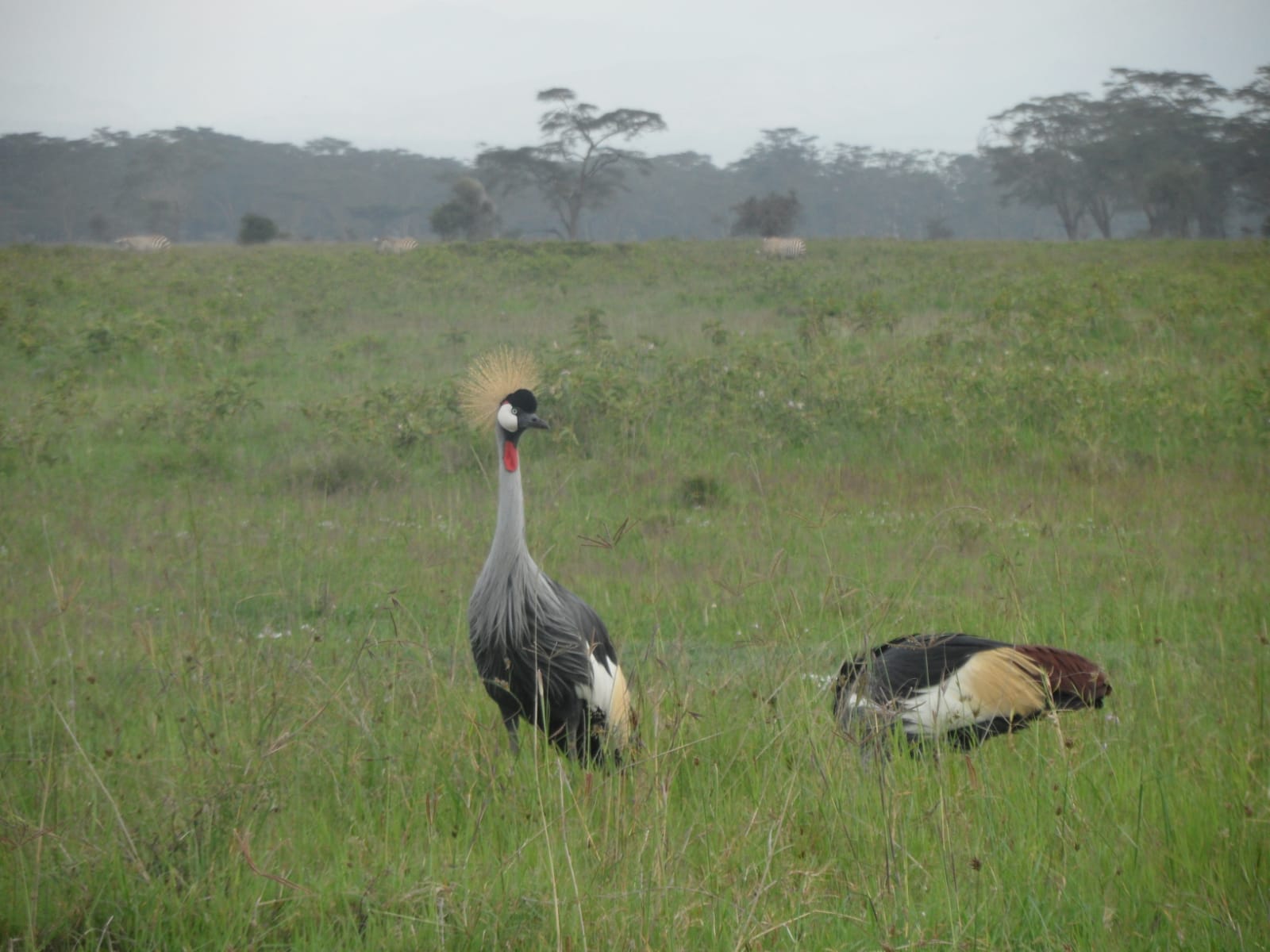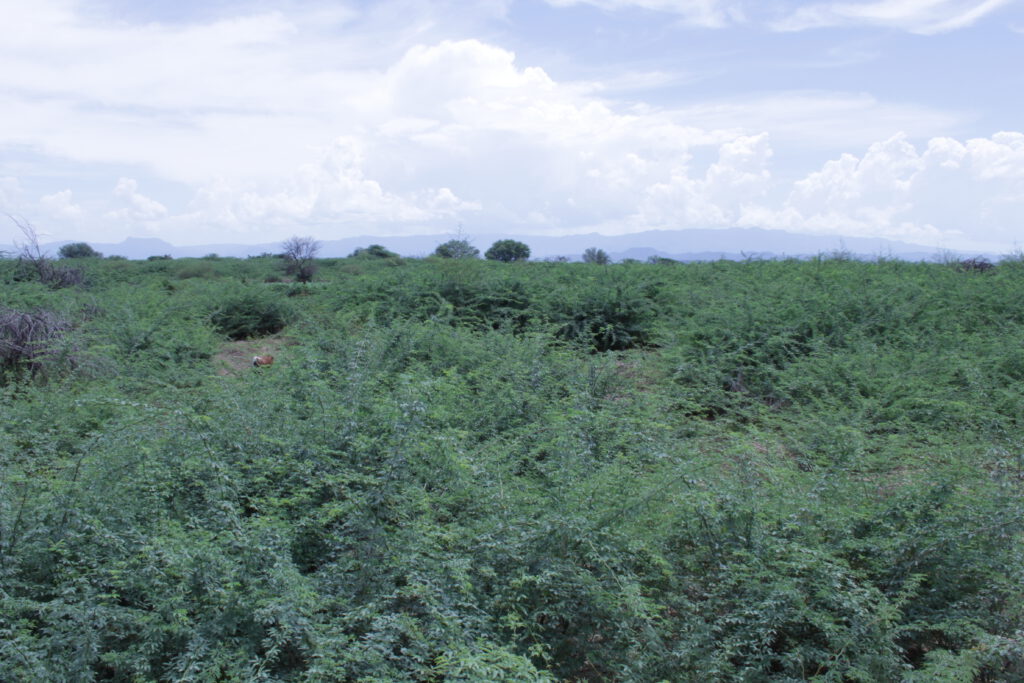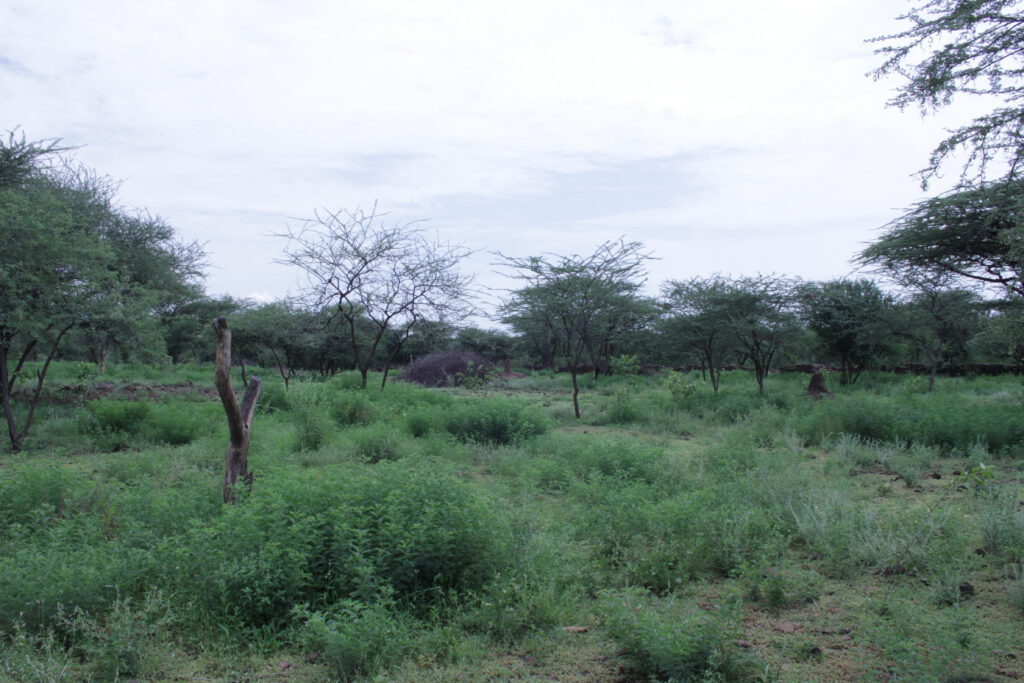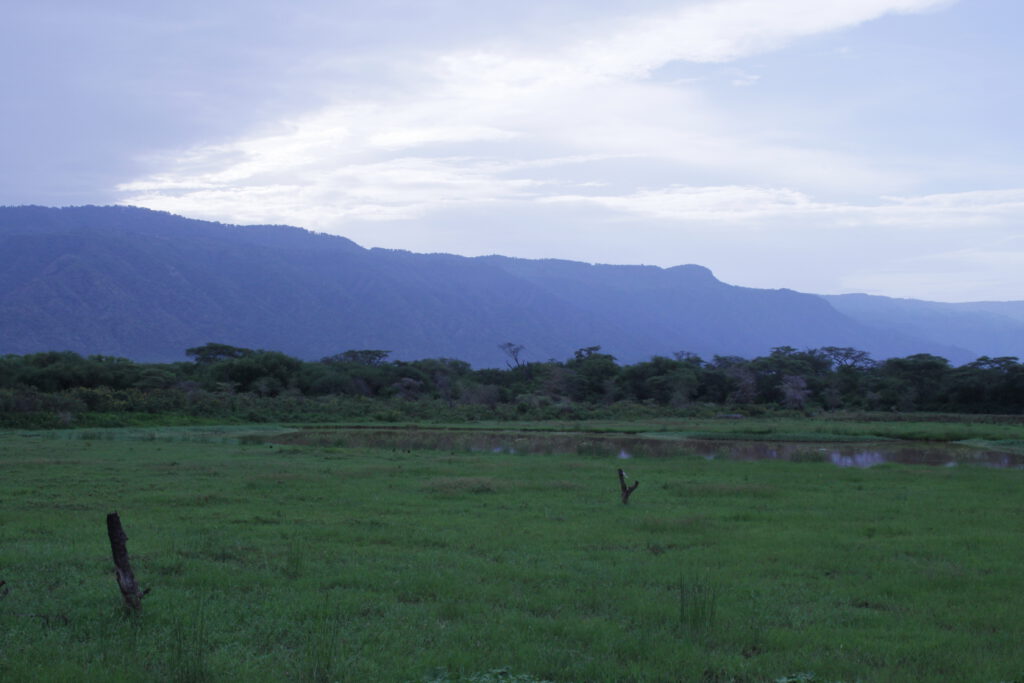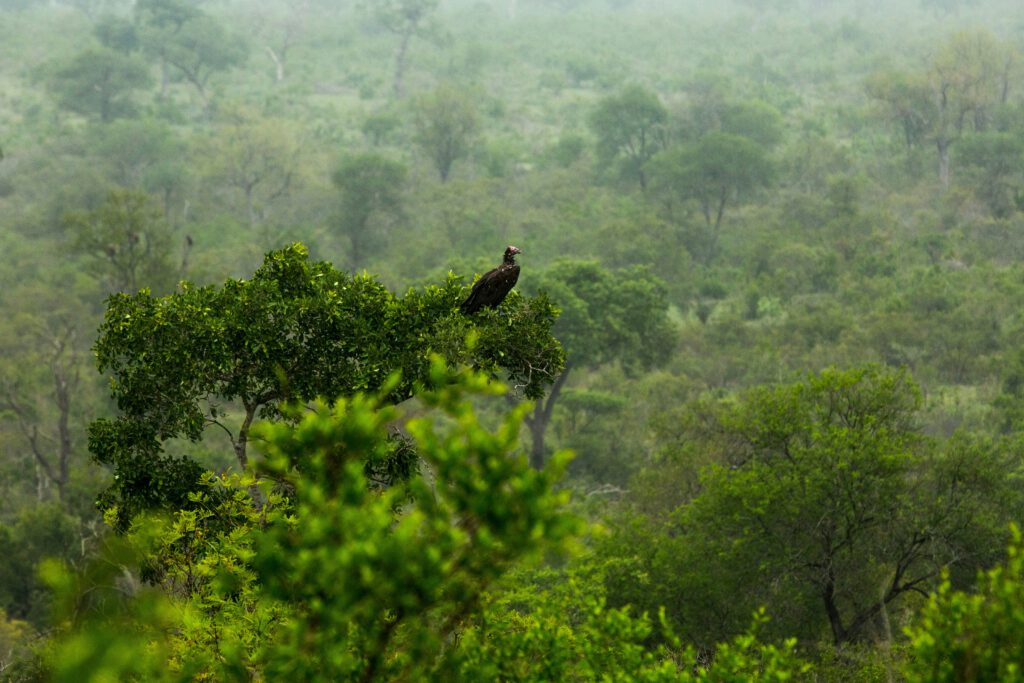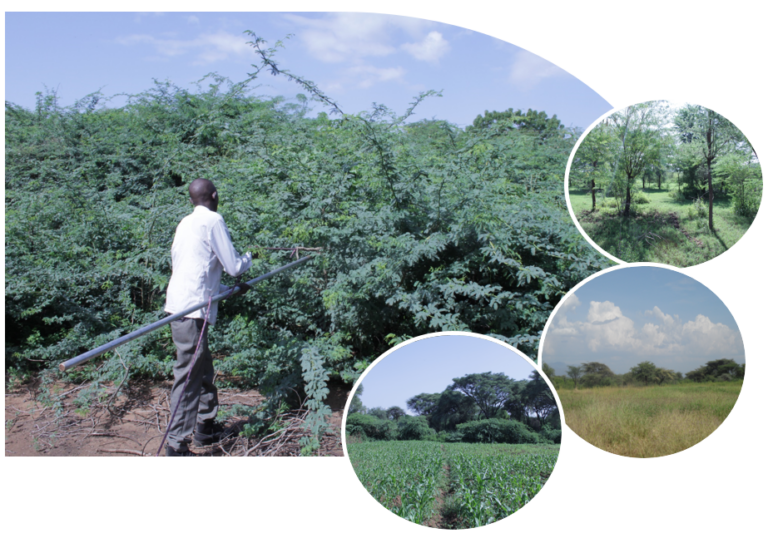Community-Led Biodiversity Conservation
Objective
To protect and restore biodiversity in degraded ecosystems while promoting sustainable livelihoods for local communities.
Background
Kenya is home to diverse ecosystems, including forests, grasslands, and wetlands, which support a wide range of plant and animal species. However, habitat destruction, land degradation, and climate change threaten biodiversity, leading to loss of species and reduced ecosystem services. Many communities depend on these ecosystems for their livelihoods, making biodiversity conservation essential for both nature and people.
Actions Taken
- Habitat Restoration: Rehabilitated degraded forests, wetlands, and rangelands through tree planting, controlled grazing, and erosion control measures.
- Community Involvement: Engaged local communities, including indigenous groups, in conservation efforts through training on sustainable land-use practices.
- Wildlife Protection: Worked with conservation partners to protect endangered species and restore wildlife corridors to ensure the safe movement of animals.
- Sustainable Livelihoods: Introduced eco-friendly income-generating activities such as beekeeping, ecotourism, and medicinal plant farming to reduce dependency on harmful environmental practices.
- Environmental Education: Conducted awareness programs in schools and communities to promote biodiversity conservation and sustainable natural resource management.
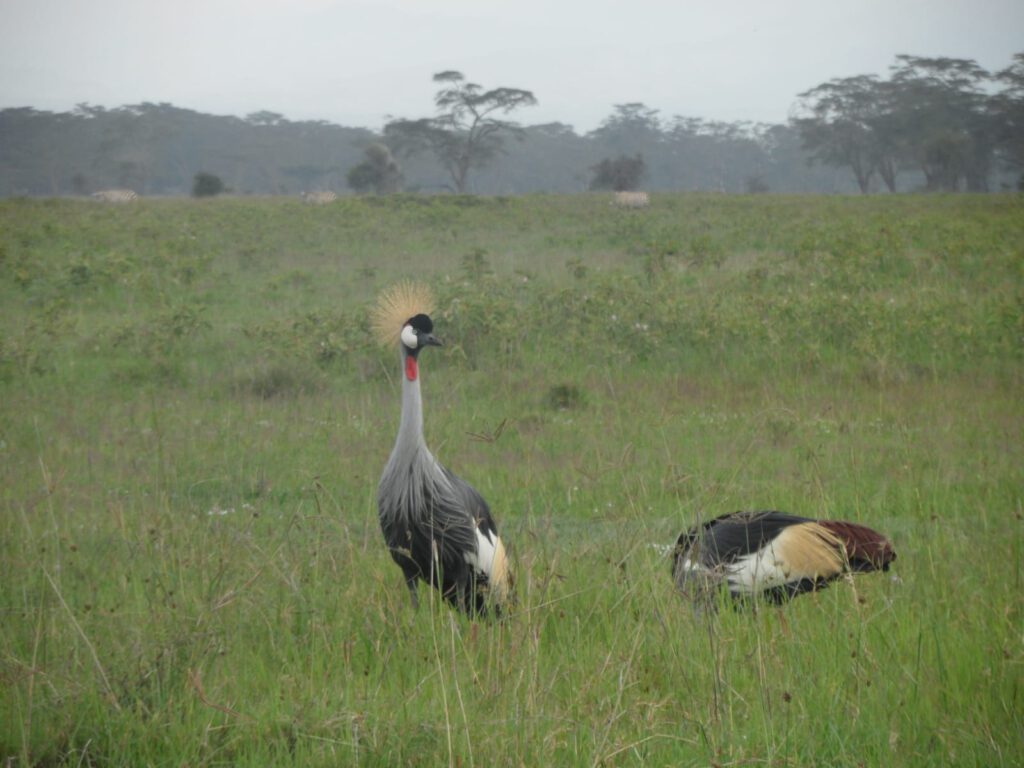
Impact
- Restored over 1,000 hectares of degraded land, improving habitat conditions for wildlife.
- Trained 500+ community members on biodiversity conservation and sustainable resource management.
- Increased populations of native plant and animal species in targeted conservation areas.
- Boosted incomes for over 200 households through sustainable eco-enterprises.
